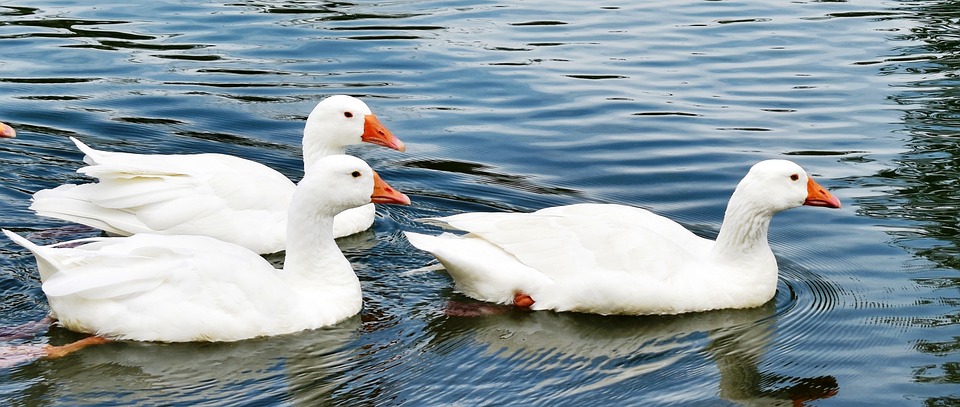Fish Behavior: How to Support Tank Solitary Fish Species
Introduction
When it comes to keeping fish in a tank, it is crucial to understand their behavior and provide an environment that caters to their specific needs. While some fish species thrive in groups, others are solitary by nature. In this article, we will explore the behavior of tank solitary fish species and discuss how you can support their well-being. Additionally, we have included a FAQs section addressing common queries about solitary fish keeping.
Understanding Solitary Fish Behavior
1. Characteristics of Solitary Fish Species
– Solitary fish species are naturally inclined to live alone rather than in groups.
– They often exhibit territorial behavior, marking their territory and defending it against intruders.
– Solitary fish tend to be more aggressive compared to their social counterparts.
2. Choosing the Right Tank for Solitary Fish
– Opt for a tank size that matches the specific requirements of the solitary fish species you wish to keep.
– Adequate hiding spots, such as caves or plants, should be provided to allow the fish to establish their territory.
– Ensure the tank has proper filtration and aeration systems to maintain optimal water quality.
3. Maintaining Optimal Water Parameters
– Solitary fish species often have specific water parameter requirements. Research the ideal conditions for your chosen species and maintain them accordingly.
– Monitor and regulate water temperature, pH levels, and ammonia/nitrate levels regularly.
– Perform routine water changes to prevent the buildup of harmful substances.
4. Feeding Solitary Fish
– Provide a varied diet that meets the nutritional needs of your solitary fish species.
– Research the specific dietary requirements and feeding habits of your fish to ensure they receive appropriate nutrition.
– Avoid overfeeding, as it can lead to health issues and poor water quality.
Frequently Asked Questions (FAQs)
1. Can solitary fish be kept with other species?
While solitary fish prefer to live alone, some species can coexist with suitable tank mates. However, careful research and consideration should be undertaken to ensure compatibility and prevent aggression.
2. How can I prevent territorial aggression in solitary fish?
Providing ample hiding spots and dividing the tank into territories using decorations or plants can help minimize aggression. Additionally, introducing fish of similar size and temperament can reduce territorial disputes.
3. Should I provide companionship for my solitary fish?
Solitary fish species do not require companionship in the same way social species do. They may become stressed or aggressive when forced to interact with other fish. Therefore, it is generally recommended to keep solitary fish alone.
4. What signs indicate stress or aggression in solitary fish?
Signs of stress or aggression in solitary fish include excessive hiding, loss of appetite, fin damage, increased aggression towards tank mates, and unusual behavior. If you observe these signs, it is essential to reassess the tank setup and address any potential issues.
5. Can solitary fish be kept in community tanks?
While solitary fish are typically kept alone, some species can coexist peacefully in community tanks. However, thorough research is necessary to ensure compatibility and minimize the risk of aggression or stress.
Conclusion
Understanding the behavior of solitary fish species is crucial for creating a suitable tank environment that promotes their well-being. By providing appropriate tank size, maintaining optimal water parameters, and offering a varied diet, you can support the health and happiness of your solitary fish. Remember to research and choose suitable tank mates if you decide to introduce other species to the tank. Happy fishkeeping!









